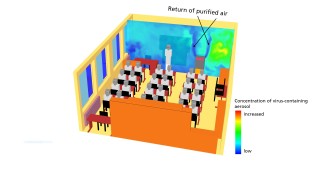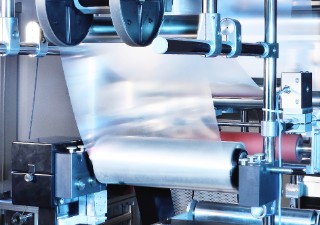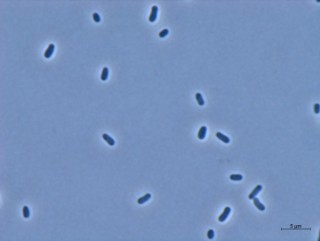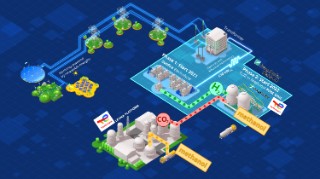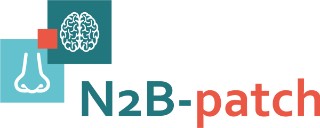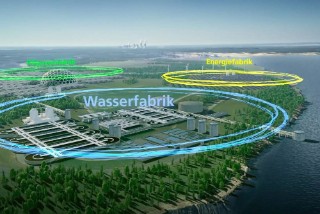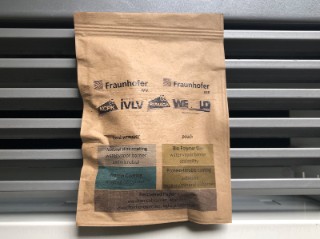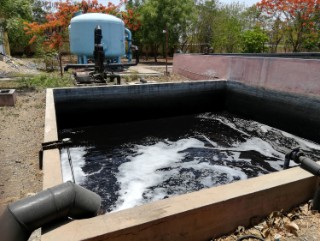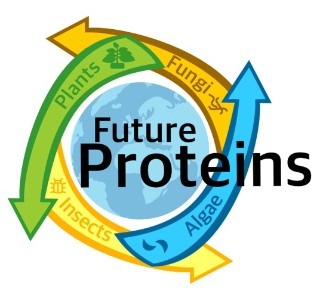Adaptation to climate change / 2021
Large-scale implementation of vegetable production utilizing water reuse
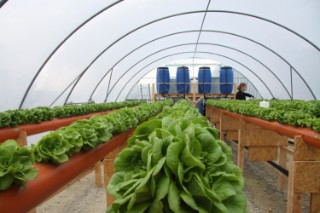
From pilot project to large-scale implementation: The process of agricultural food production with water reuse successfully developed in the HypoWave research project is entering large-scale application for the first time. In the course of the follow-up project HypoWave+, the research network has started preparations for hydroponic vegetable production with recycled irrigation water on a one-hectare area.
more info Fraunhofer Institute for Interfacial Engineering and Biotechnology IGB
Fraunhofer Institute for Interfacial Engineering and Biotechnology IGB